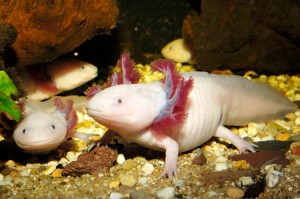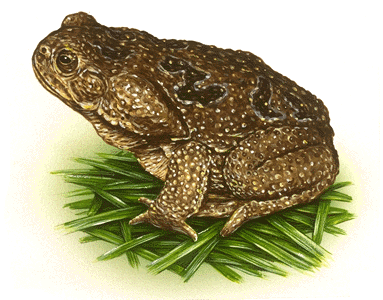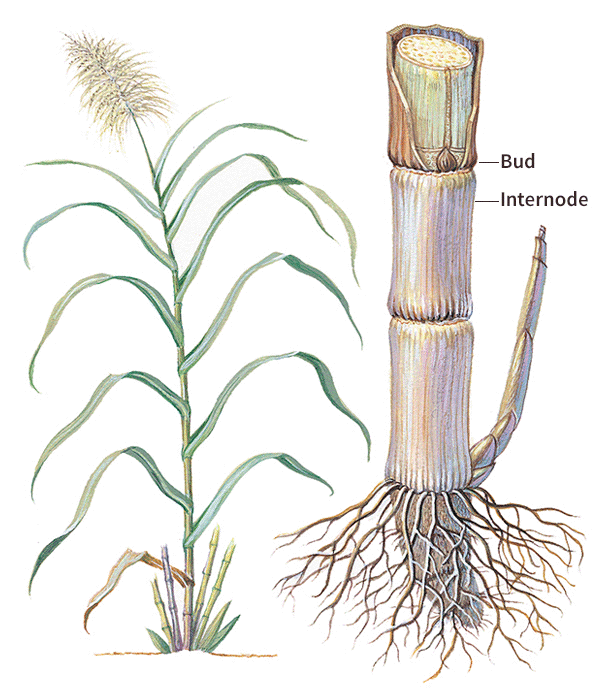The Vanishing Axolotl
Thursday, January 11th, 2018January 11, 2018
The axolotl, an unusual Mexican salamander, is one of the most studied animals in the world. It is also one of the most endangered animal species, and the axolotl may soon be extinct in the wild. Axolotls are popular as pets kept in home aquariums, and they are used in research laboratories worldwide. But in the wild, the amphibian’s numbers are depressingly small and getting smaller.

The axolotl is an unusual salamander with gills on the outside and a large tail fin. Unlike most salamanders, axolotls remain in the water throughout their lives. Credit: © Arco Images/Alamy Images
Axolotls are large compared with most salamanders. Axolotls can reach 12 inches (30 centimeters) long. The adult axolotl has a large tail fin and feathery external gills that extend out from behind the head. These characteristics are common to salamander larvae (young), which live in water. Most adult salamanders lose these features when they move to live on land. Adult axolotls, however, retain the gills and continue to live in the water. The axolotl is an example of pedomorphism <<PEE doh MAWR fihz uhm>>, the retention of juvenile characteristics by an adult. It’s as if they never grow up!
Scientists study the axolotl for its remarkable ability to regenerate body parts. The animals can grow back missing limbs, tails, organs, parts of the eye, and even portions of the brain. This ability makes the animal an important lab model in the study of tissue repair and development, as well as in the search for a cure for cancer. Axolotls are simple to study: they have very large cells and thrive in captivity. In the early 1900’s, axolotls were essential to understanding how organs develop and function in vertebrates (animals with backbones). Axolotls helped scientists unravel the causes of spina bifida in humans. In spina bifida, the spinal cord does not form properly and the vertebrae and skin cannot form around it.
In the wild, however, axolotls are having a much tougher time of it. The axolotl once thrived in lakes Chalco and Xochimilco in the area of Tenochtitlan, the ancient capital of the Aztec Empire and current site of Mexico City. The lakes do not exist anymore, and the few remaining wild axolotls live in the canals and other wetlands of the sprawling Mexican capital. These waters are badly polluted, however, by human waste, ammonia, heavy metals, and other toxic substances. Axolotls are defenseless against these lethal forms of pollution.
Invasive fish species such as carp, perch, and tilapia are also reducing wild axolotl numbers, competing with the unique amphibians for food and living space. To help preserve and expand the axolotl’s shrinking habitat, scientists are trying to revitalize traditional farming techniques that create floating islands in the canals and wetlands. These organic farming islands provide a healthy habitat for the axolotls, and they also help filter the polluted water. Whether or not this will be enough to save the axolotl from extinction in the wild remains to be seen.




